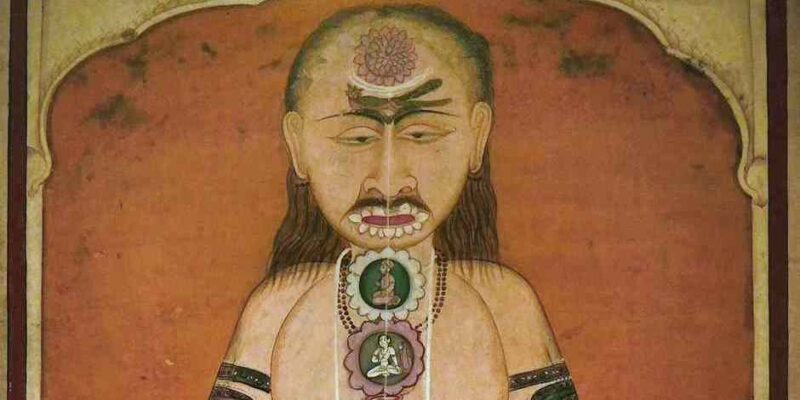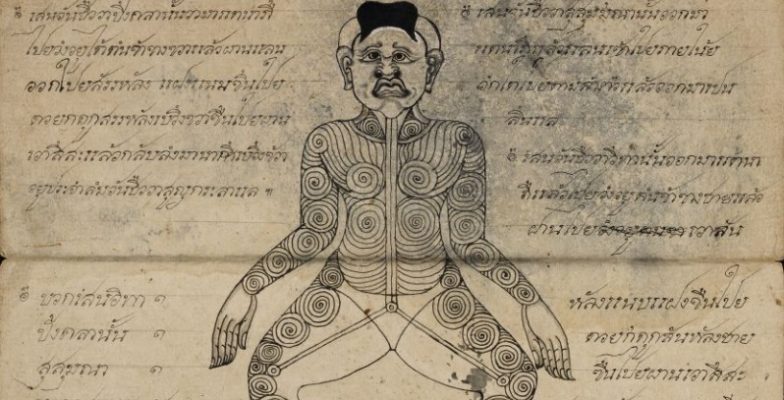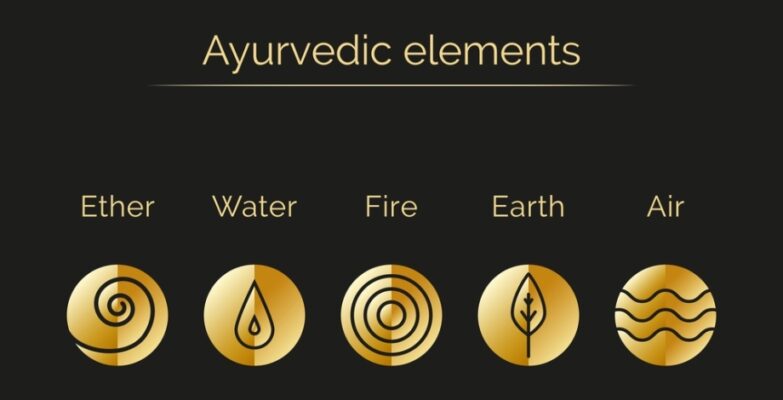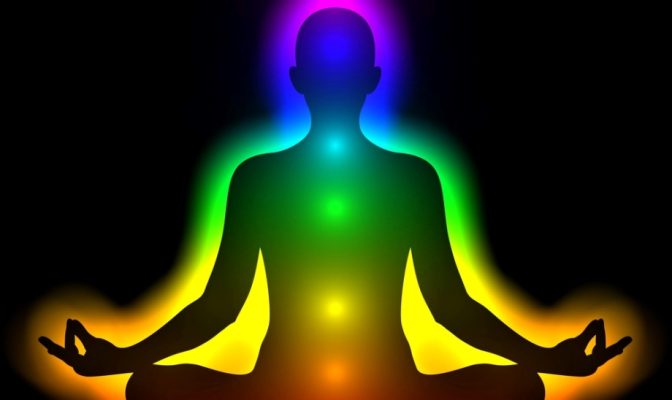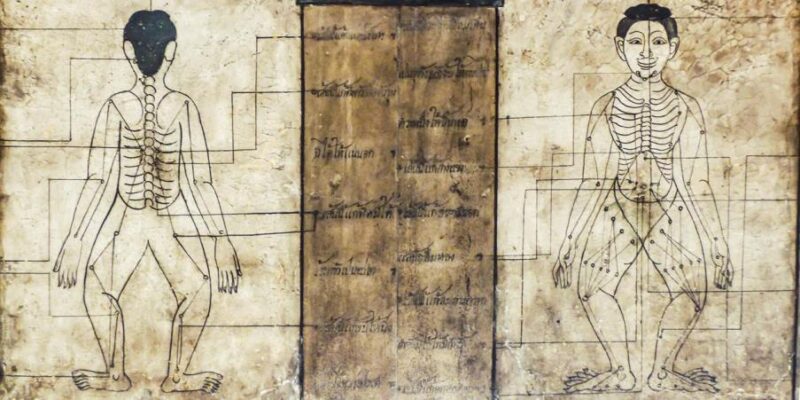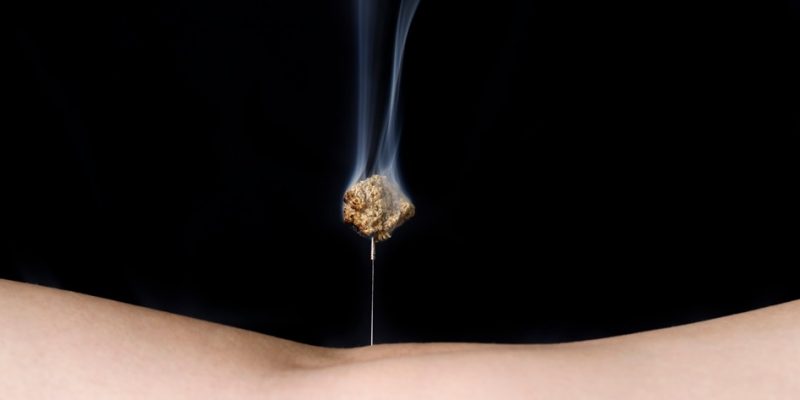
Thai Acupressure Points are defined as physical locations along the Sen Energy Lines. These physical locations or “points” can be manipulated, that is, pressed for health benefits.

It’s believed that these pressure points can be tensed, contracted, knotted, or by contrast numb and insensitive. In either case it’s thought that this causes obstructions, congestion, or imbalance with regard to the free flow of Life Force Energy (Lom Pran) through the Sen Line it’s located on, which in its turn can cause physical or emotional-mental discomforts, pains, or illnesses.
But then — what exactly is an acupressure point, also called pressure point or acupoint? What are we really talking about here?
To understand this we need to look at theories that concern the relationship between energy and matter. Perhaps the most influential contemporary theory that addresses this topic is the one formulated by Albert Einstein (the famous theoretical physicist), who taught us that “E = mc2” which means that “energy = matter” or in any case that the one can become the other depending on the circumstances. It basically means that energy and mass (matter) are interchangeable; they are different forms of the same thing.
Now, an acupressure point is in fact an “energetic point” along a Sen Energy Line. When energy congests at a certain location (which could be due to muscle, fascia, or nerve tensions, knots and tangles, for instance), it gets a more “physical aspect,” and one would typically feel hardness or increased warmed at that point. By contrast, if there’s weak energy flow at a location, a point would rather be insensitive and numb, often being overly soft and having a “cold aspect.”
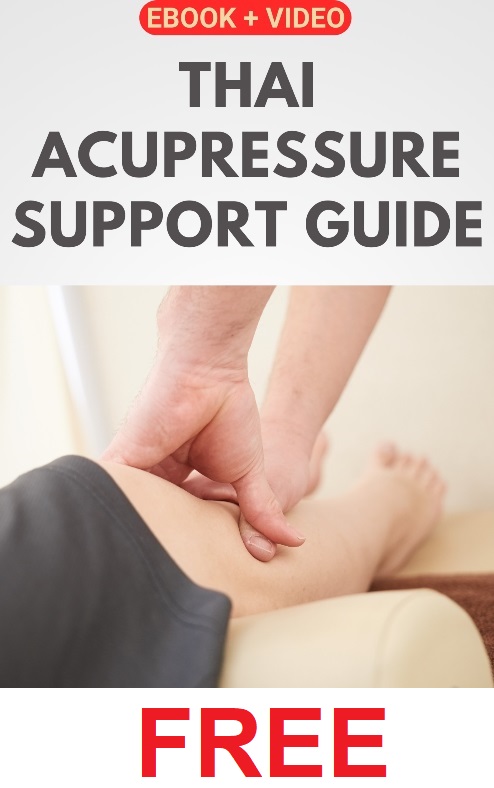
The above is also the reason why we wouldn’t only work with acupressure on a particular pressure point to either stimulate (when it’s weak) or soothe (when it’s tensed) that point, but also work on the area around it with pressure, stretches, massage, herbal compresses, and so on, to loosen up, free, and relax muscles, fascia and nerves, so that the energy can keep flowing.
Now, in reality there are an infinite number of pressure points along the Sen Lines (basically constituting the Sen Lines), but typically you will find only a limited number of points that have been attributed “special importance.” The question that subsequently arises is what the difference is between a “important acupressure point” and a “normal acupressure point.”
This can only be explained when we look at Ayurveda and Yoga concepts, which obviously have had the most important historical influence on Thai Sib Sen Energy Lines and Thai Acupressure Point theory.
According to Ayurveda and Yoga, there are so-called Chakras along the Nadi Energy Channels, which are major Life Force Energy (Prana) distribution centers. There are major Chakras (typically thought to be seven in number to be found along the Yogic Sushumna Nadi and along the Thai Sen Sumana), and numerous minor Chakras or sub-Chakras that lie along other Nadis and their branches and extensions.

These major Chakras and minor Chakras (“affiliate” energy distribution centers of the main Chakras) are associated with important acupressure points along the various Nadis, called Marma Points or Varma Points in Ayurveda and Yoga. In fact, this concept of Chakras and Marma Points is thought to correspond with the concept of important Thai Acupressure Points.
In addition, Chakras and Marma Points, and subsequently the principal Thai Acupoints, are thought to be “doors,” “windows,” junction points, or connections between the subtle body (consisting of various energetic layers, that is, of Prana, feelings, ideas, thoughts, and other subtle energies) and the gross body (the one of mass and matter, that is, flesh, bones, blood vessels, nerves, and so on).
The subtle body is thought to supply Prana Life Force Energy to the gross body (the physical body), not only giving actual life to it, but also being the source and “building block” of the physical body.







